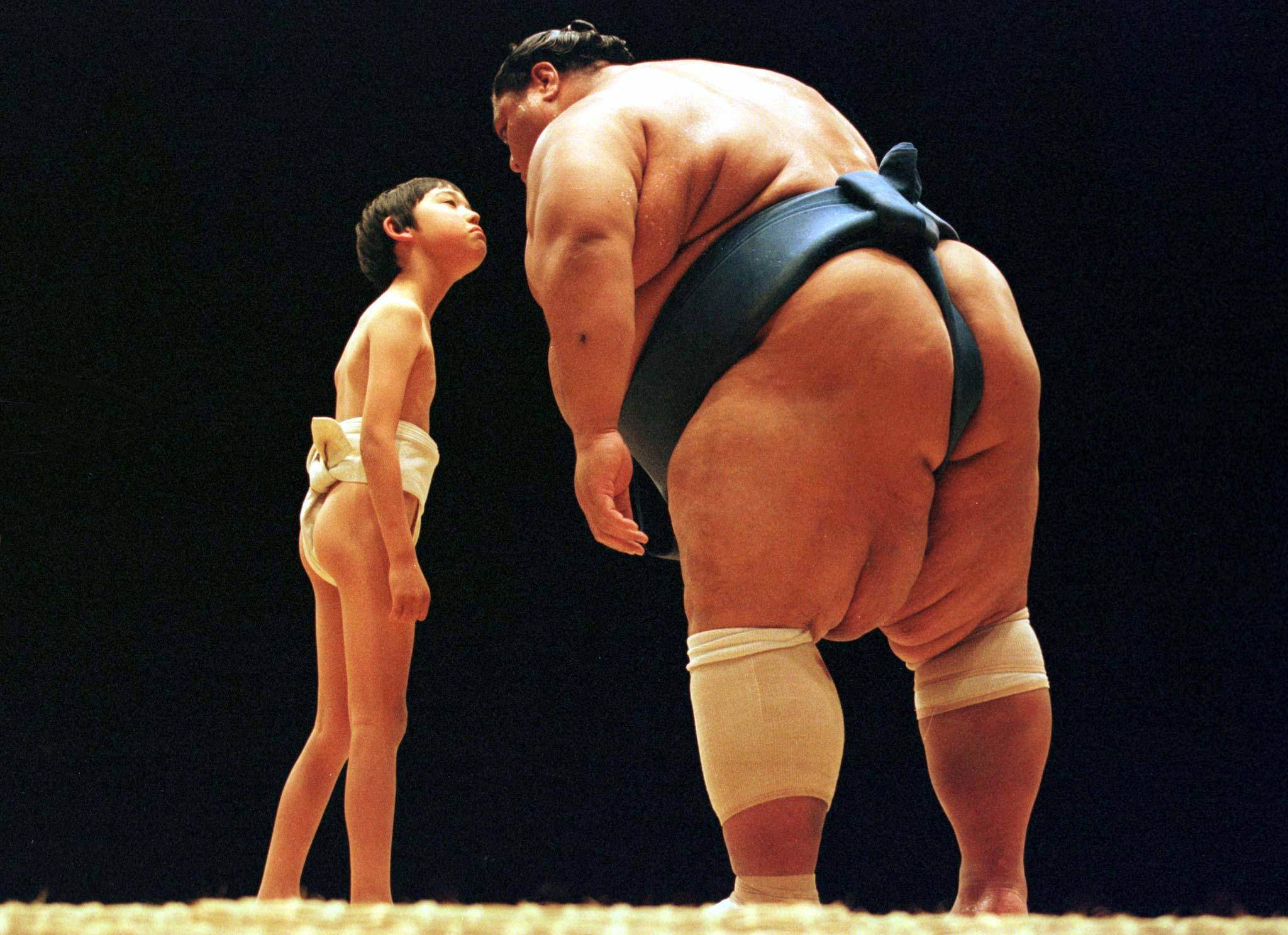Who is the most famous sumo wrestler of all time?
In terms of being seen by the greatest number of people, it’s hard to argue against either Byambajav Ulambayaryn or Ryuichi Yamamoto.
Both men went from ōzumo careers that ended prematurely to fame and success in Hollywood and the wider entertainment industry.
















With your current subscription plan you can comment on stories. However, before writing your first comment, please create a display name in the Profile section of your subscriber account page.